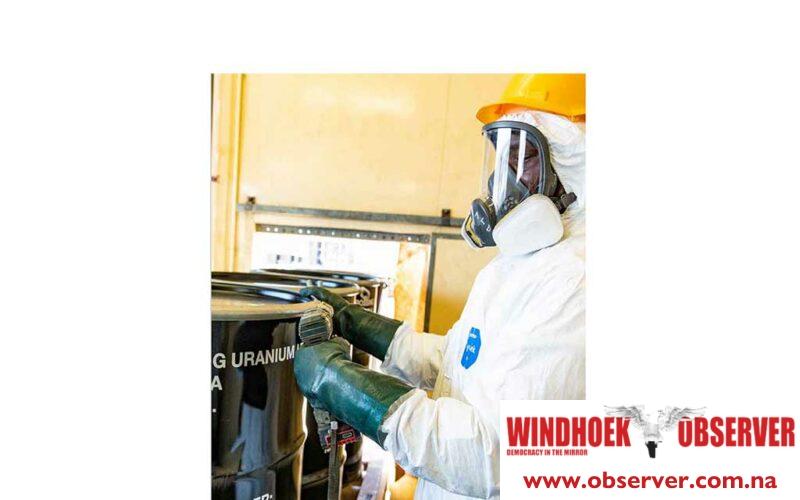Chamwe Kaira
Water supply remains a challenge for the expanding uranium mining sector in the Erongo Region.
Namibia ranks fourth globally in uranium production, after Australia, Kazakhstan, and Canada.
The mining industry has taken steps to address water constraints. According to the Chamber of Mines of Namibia’s 2024 annual report, efforts include the commissioning of a bypass connection and the rehabilitation of a 34-kilometre pipeline from Omdel to the Orano desalination plant.
This upgrade has boosted the water supply by an additional 400 to 500 cubic metres per hour.
The Orano plant’s capacity was further enhanced in December 2024 with the commissioning of its 10th column, adding another 250 cubic metres per hour.
Despite these developments, the sector still faces a 500 cubic metre per hour shortfall.
The deficit is linked to limited distribution infrastructure and increased water demand from local municipalities.
To address this, the Chamber of Mines is engaging NamWater to fast-track the installation of three additional reservoirs, ahead of NamWater’s 2027 schedule.
In the long term, a second desalination plant, planned by Swakop Uranium in partnership with NamWater, is expected to offer a sustainable solution.
The new plant is projected to produce 20 million cubic metres of water annually and will employ around 1,000 people during construction.
Uranium production in Namibia grew by 5% in 2024, down from the 24.5% growth rate recorded in 2023.
“The lower growth rate was a result of lower production volumes at the Rӧssing and Swakop uranium mines, which was affected by water supply challenges and planned maintenance shutdowns. However, additional output from the Langer Heinrich mine contributed to the overall growth in uranium production,” the Chamber said.
Langer Heinrich Uranium returned to commercial production in March 2024 and is currently ramping up to full capacity.
The mine holds offtake contracts with major industry clients from the United States, Canada, France, and China.
Rössing Uranium Limited began phase 4 expansion activities in 2024.
Its uranium oxide production was 13% below target due to delays after a major maintenance shutdown, along with water-related and technical plant issues.
Swakop Uranium’s ore output dropped by 6%, from 13.3 million tonnes in 2023 to 12.5 million tonnes in 2024.
Milled output remained steady at 11.409 million tonnes, just 1% below the 2023 record.
Drummed production declined by 2%, though the company achieved notable improvements in processing efficiency.




